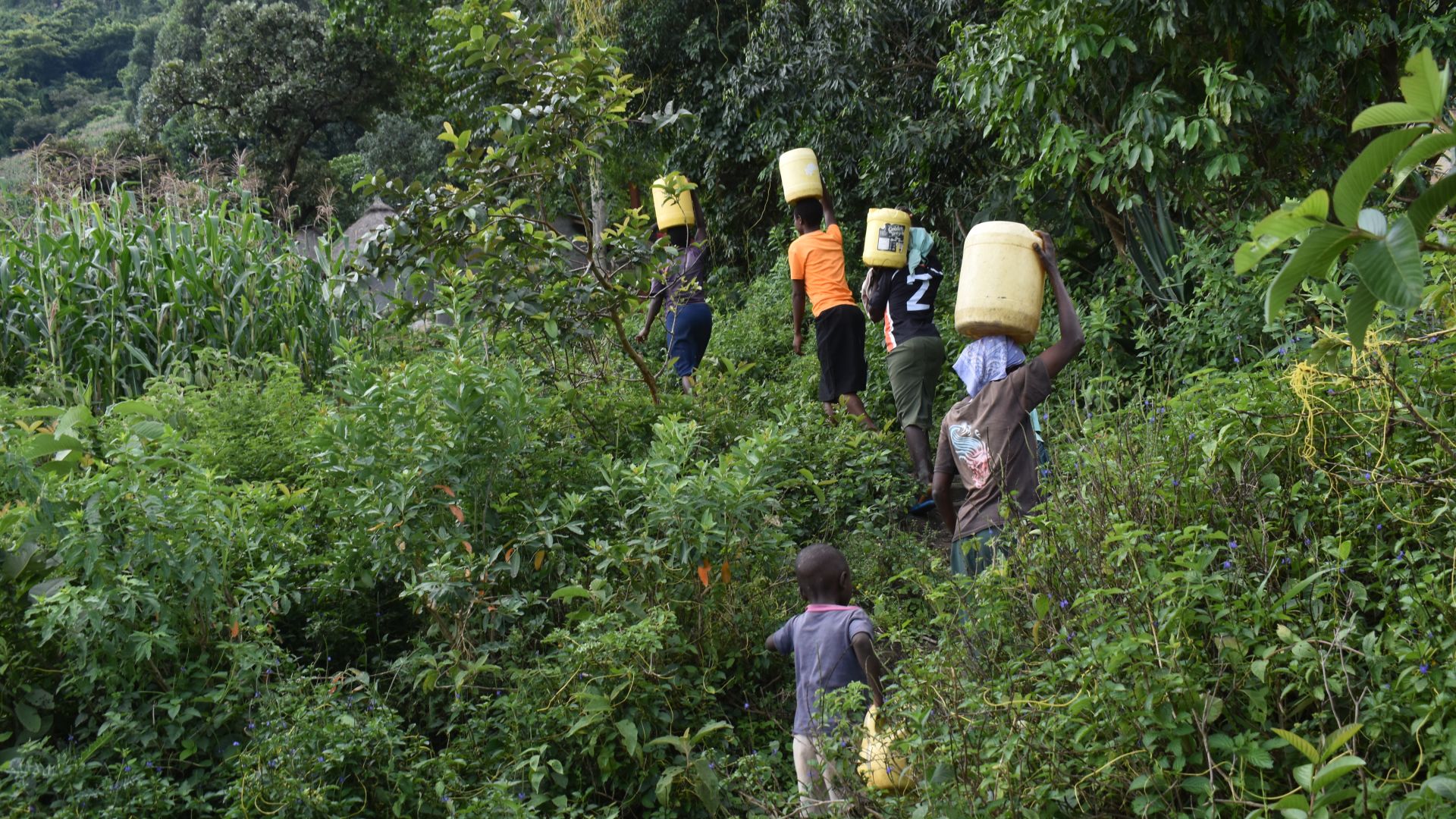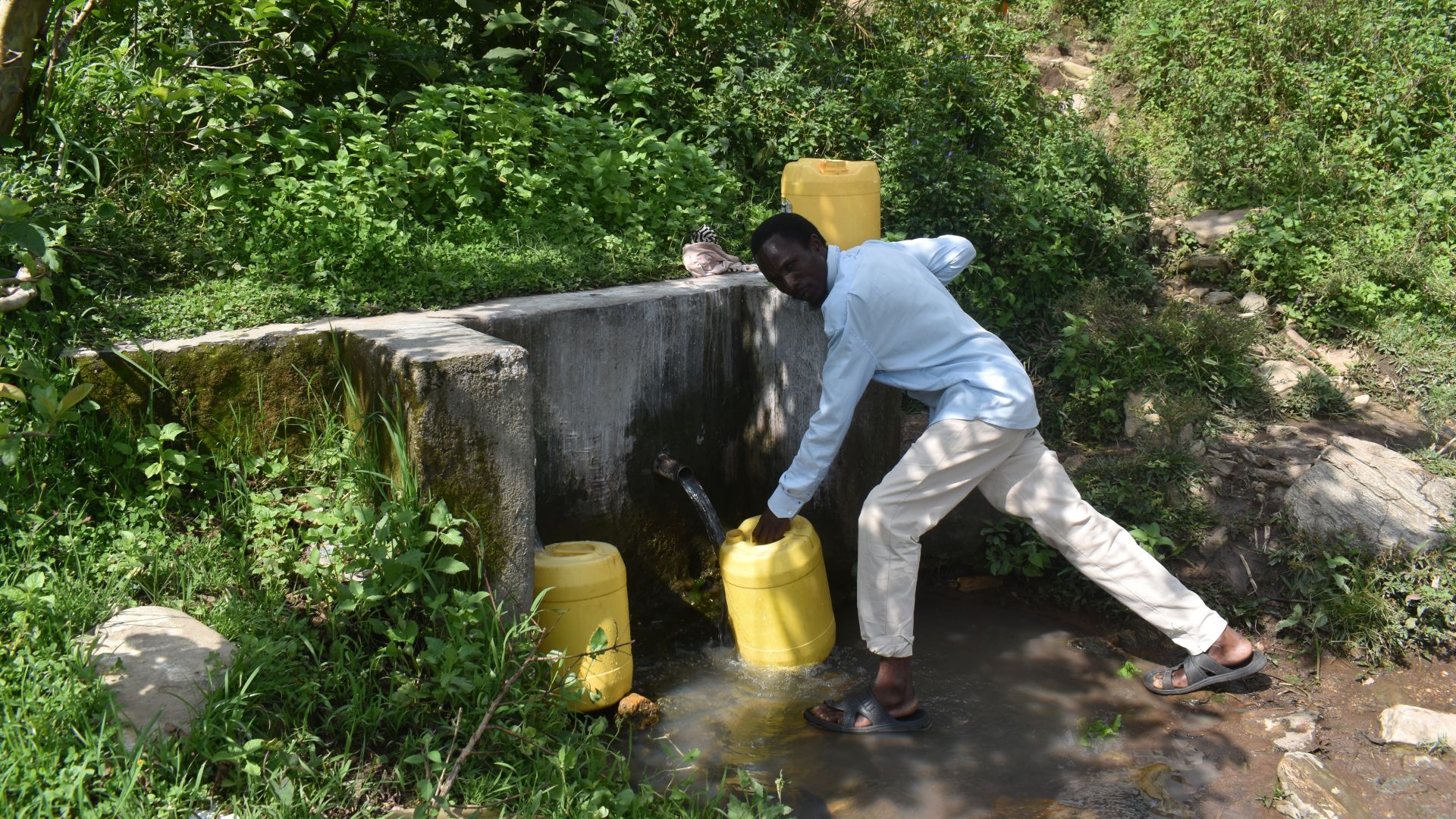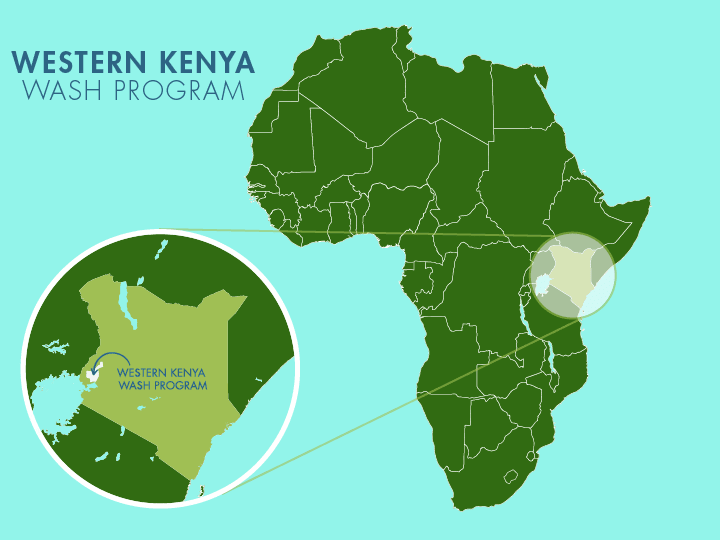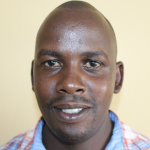In the community of Kafusi, getting water is not easy and definitely not safe for the 210 people who call it home. Every day, families walk long distances just to reach a small spring surrounded by thick bushes, dangerous terrain, and stagnant water. The Joram Matolo spring is the only source of water that flows year-round, but it is overcrowded, poorly maintained, and often contaminated.

Community members make the difficult journey for water.
The water doesn’t just look or taste bad; it’s making people sick. During the rainy season, it becomes cloudy and muddy. People have gotten sick from using this water and regularly suffer from typhoid, just one of the many water-related diseases affecting the community.
Forty-two-year-old Jacob Wafula is intimately familiar with suffering from water-related illnesses.

Jacob collects water from the broken-down spring.
"In the most recent months, I personally contracted typhoid disease after drinking water fetched from this water source. In most cases, the challenge of waterborne illnesses in this area is rampant during [the] rainy season because of the breakdown of our waterpoint. The experience was not that good because I had a severe headache on one side of my head, [a] fever that could last, then I started shivering with cold, and [my] joints became so weak, and I ended [up] losing [my] appetite," Jacob recalled.
"During that time, I had no money because we rely on manual work, so every day you go out and look for some manual work, for digging or weeding neighbours' pieces of land to get something to sustain your family that day. So, since I was sick and I am the breadwinner of my family, I was so stressed because I had no money for seeking medication, nor money to buy foodstuffs in the house. The challenge put me in a huge debt for taking foodstuffs [from] the local vendor and debt I took from my cousin for medication," Jacob lamented.
"Thinking of drinking water that can harm my health is a serious concern, which may lead to loss of life, especially to kids and elderly persons."

Knowing that the water he is consuming is dangerous to his well-being is heart-wrenching for Jacob, not only for himself but also for his family. And to know that each time you or someone you love gets ill, you fall further behind in life is discouraging.

Jacob waits for his turn to collect water from the spring that needs protection.
However, water-related illnesses are not the only issue.
Other water sources dry up completely during the dry season, and this spring becomes overcrowded. People line up for hours, and the water flow slows down because of cracks in the spring’s structure.
When the spring wait is too long, people are forced to collect water from surface sources wherever they can find them. Such open sources are vulnerable to contamination, so the threat to everyone's health persists.

Children collect risky surface water.
By fixing and protecting this spring, we can provide the people of Kafusi with access to clean, safe water throughout the year. Clean water means better health, fewer diseases, and more time for school, work, and life. Hopefully, Jacob will have the means to build a more positive future for his family.
Steps Toward a Solution
Our technical experts worked with the local community to identify the most effective solution to their water crisis. They decided to safeguard the existing flowing spring.
Spring Protection
Springs are natural water sources that originate from deep underground. As water travels through various layers of the earth, it undergoes a natural filtration process, making it cleaner and safer to drink. To protect these spring sources from contamination, we construct a waterproof cement structure around layers of clay, stone, and soil. This design channels the spring water through a discharge pipe, facilitating easier, faster, and cleaner water collection.
Chlorine Dispenser
As an extra measure towards water quality safety, uniquely engineered chlorine dispensers are installed at all of our spring protection projects so community members can treat their water with pre-measured doses of chlorine. The chlorine treats any possible contamination and stays active for two to three days, ensuring water stays safe to use even when stored at home. Chlorine delivery and maintenance of the dispensers are part of our ongoing community support.
Community Education & Ownership
Hygiene and sanitation training are integral to our water projects. Training is tailored to each community's specific needs and includes key topics such as proper water handling, improved hygiene practices, disease transmission prevention, and care of the new water point. Safe water and improved hygiene habits foster a healthier future for everyone in the community. Encouraged and supported by the guidance of our team, a water user committee representative of the community's diverse members assumes responsibility for maintaining the water point, often gathering fees to ensure its upkeep.

 Protected Spring
Protected Spring
 Rehabilitation Project
Rehabilitation Project


















